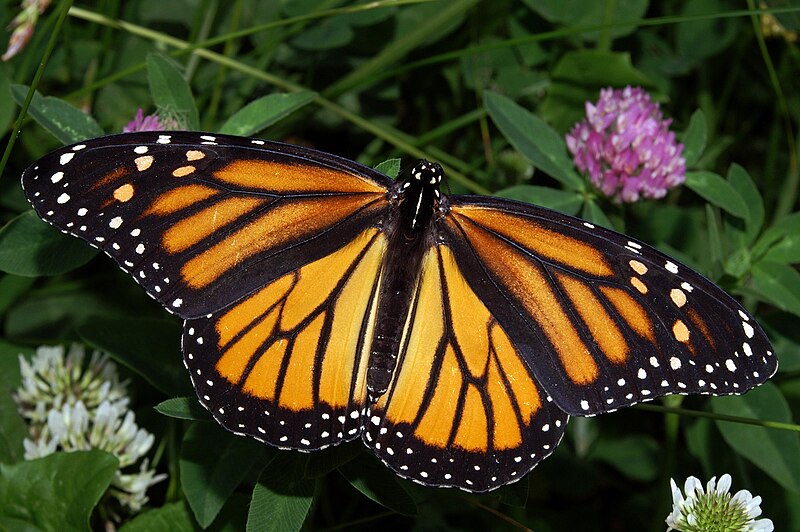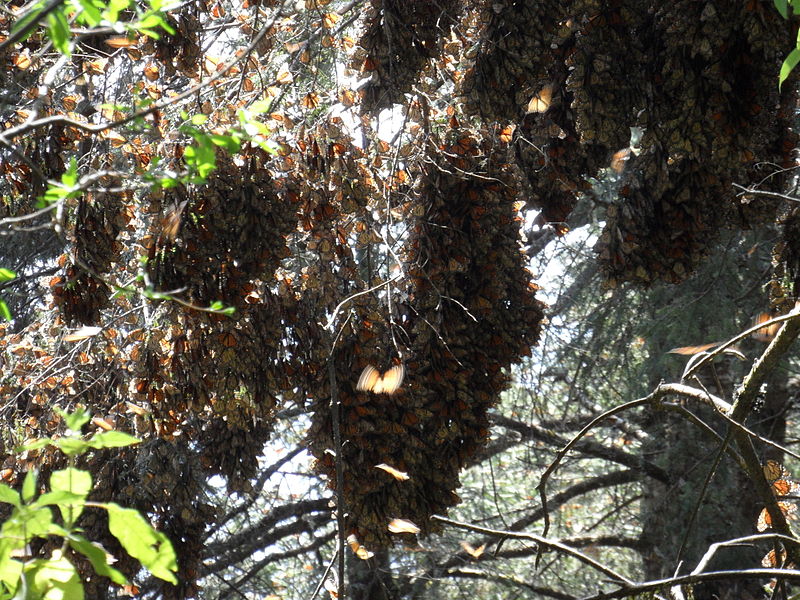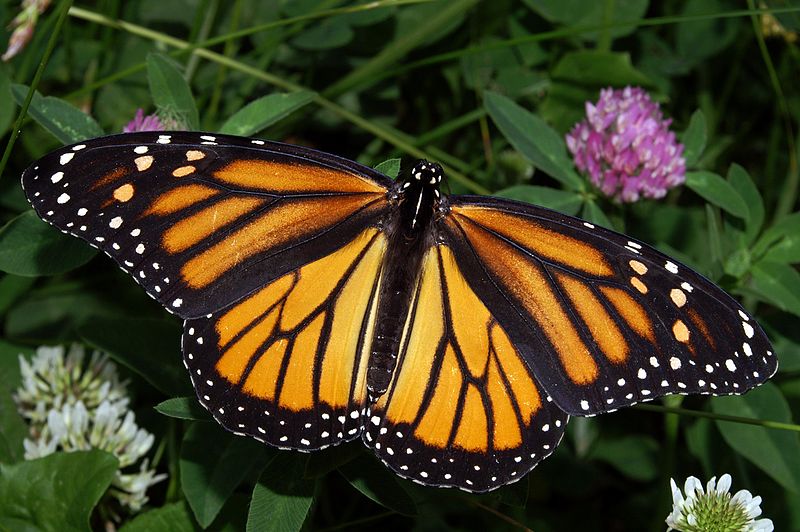By Julie R Butler
Right now, in mid-February, there are millions of mariposas monarcas, or monarch butterflies, in the mountains west of Mexico City. They arrived in central Mexico last fall, after traveling from as far away as eastern Canada.

These beautiful orange-and-black-winged creatures are a true marvel of nature. In fact, there are so many amazing things about monarch butterflies and their migratory patterns back and forth from central Mexico that it’s hard to decide what the most astounding part of their story is!
From Across North America to a Special Place in Mexico
The monarch butterflies that migrate to central Mexico come from the parts of the United States and southern Canada that are east of the Rocky Mountains, while those that are found in the west spend the winter along the coast of California. This means that the vast majority of North American monarcas converge on a relatively small area of Mexico that’s covered by volcanic mountains and forests of pine and oyamel firs, their preferred hibernation trees. They cluster together in 14 colonies that are so densely packed that there can be thousands of butterflies on a single tree limb.

Why do they come here? Well, this is a topic that continues to be studied, but one major reason is that this cool, dry, high-altitude winter microclimate provides the perfect conditions for them to hang out and preserve their energy. They can be found covering entire trees on steep, south-facing mountainsides, where they are protected from predators and adverse weather.
Multigenerational Migration of the Mariposa Monarca
It takes multiple generations of butterflies to complete each yearly migration pattern. This is unique in the animal kingdom, and it’s amazing because how these insects know where to go to places they have never been to without older generations to guide them there?

The Genius Navigation System of the Monarch Butterfly
For a bug with a miniscule brain, the monarch butterfly has a surprisingly sophisticated navigation system. Monarcas have two compasses: a sun compass, where they are able to use the angle of the sun in conjunction with their internal body clocks, and a magnetic compass, which depend on the light-sensitive magnetosensors in their antennae. Basically, they are able to keep track of where the sun is in the sky and orient themselves according to what time of day it is.
Additionally, it’s thought that they rely on the spine of the Rocky Mountains to funnel themselves south to their special place in central Mexico. And there are genetic factors that are also at play.

The Secret to a Miraculous Migration: A Super Generation
Most monarch butterflies live for around six weeks as an adult, which isn’t long enough to make it very far, especially considering the way they flit about. However, the monarch butterflies that emerge from their cocoons starting around mid-August, as temperatures begin to cool, are larger, stronger, and live something like 8 times longer than regular butterflies. Although it sounds like something out of Marvel Comics – or the world of lucha libre! – they’re known as the “super generation,” and they are the ones that fly all the way to central Mexico, stay for several months, and then begin the long journey north again. These butterflies lay their eggs along the way and then die, leaving it to the next few generations of short-lived butterflies to complete the journey back to their summer breeding grounds.
The Monarch Butterfly Biosphere Reserve
If you ever get the chance, do not pass up the opportunity to visit the Monarch Butterfly Biosphere Reserve while the monarcas are there. It’s a UNESCO World Heritage Site that includes two sanctuaries that are open to tourism generally from November through February, and it is located in the Zitácuaro region of eastern Michoacán. It’s truly a magical experience!

